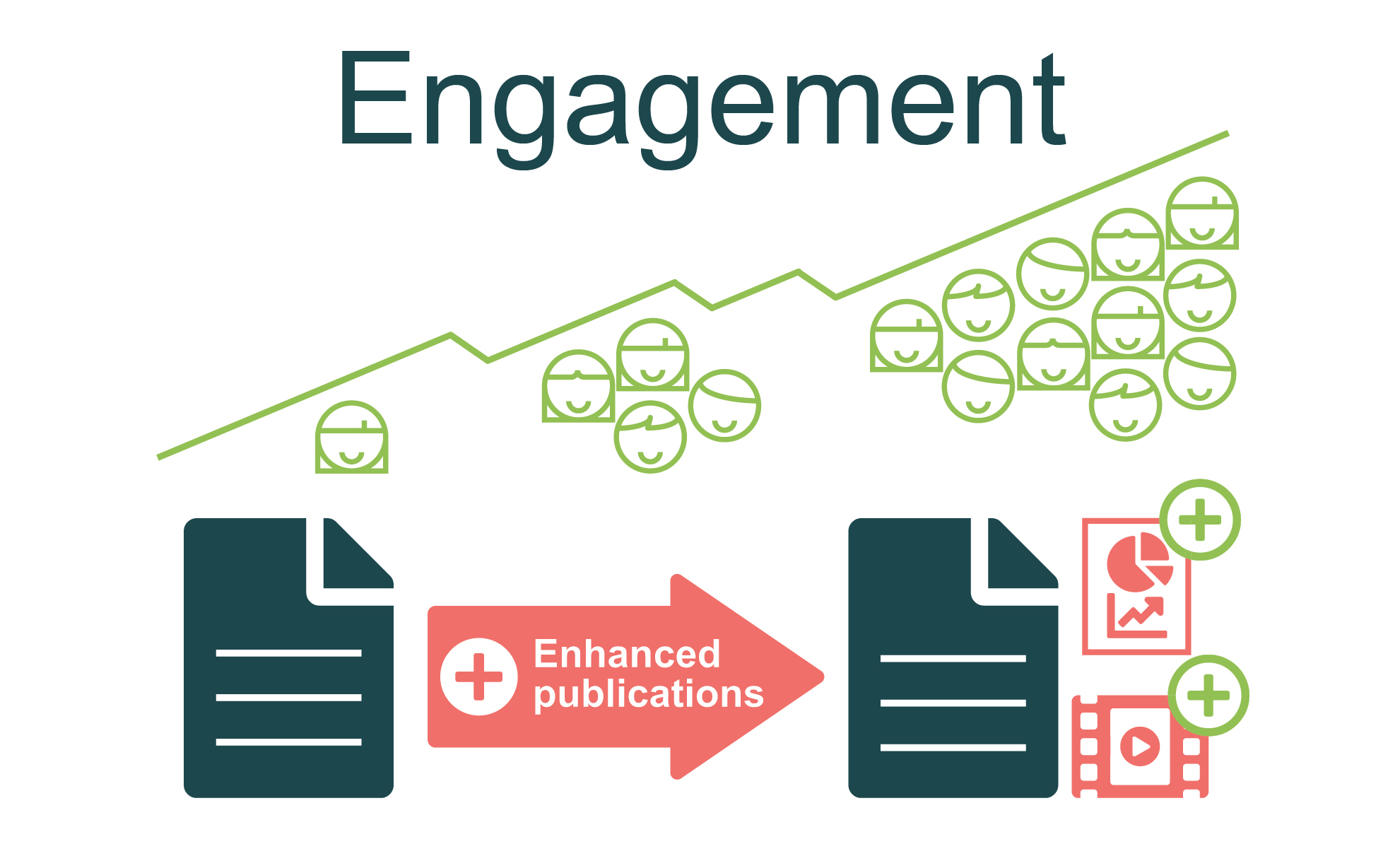Plain language summaries and lay person summaries are both short summaries of a study written for non-experts in plain, easy-to-understand language. While these terms are often used interchangeably, they are in fact distinct.
Plain language summaries are written for a specific audience—usually people who are not experts in a particular field. The purpose of a plain language summary is to present complex information in a way that is easy to understand and accessible to a wide range of readers.
Lay person summaries are written for the general public. These summaries are typically even shorter and simpler than a plain language summary, and they are often used to convey information about a product, service, or event. Lay person summaries are often used in marketing materials, press releases, and other types of public communication and play a key role in disseminating findings, especially for clinical trials.
Both plain language summaries and lay summaries are useful because they can help people understand complex information quickly and easily. By presenting information in a clear, concise manner, they can help readers make informed decisions and take appropriate action.
Journals across a wide range of fields are increasingly encouraging authors to make their research more accessible to patients and the public via these summaries. For example, Elsevier journals that now promote the inclusion of lay summaries with submissions include Epilepsy & Behavior Case Reports, the International Journal of Paleopathology, the Journal of Archaeological Science: Reports, and the Journal of Hepatology.



